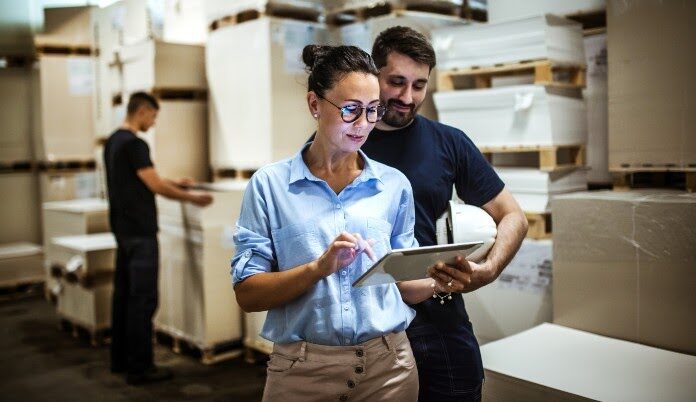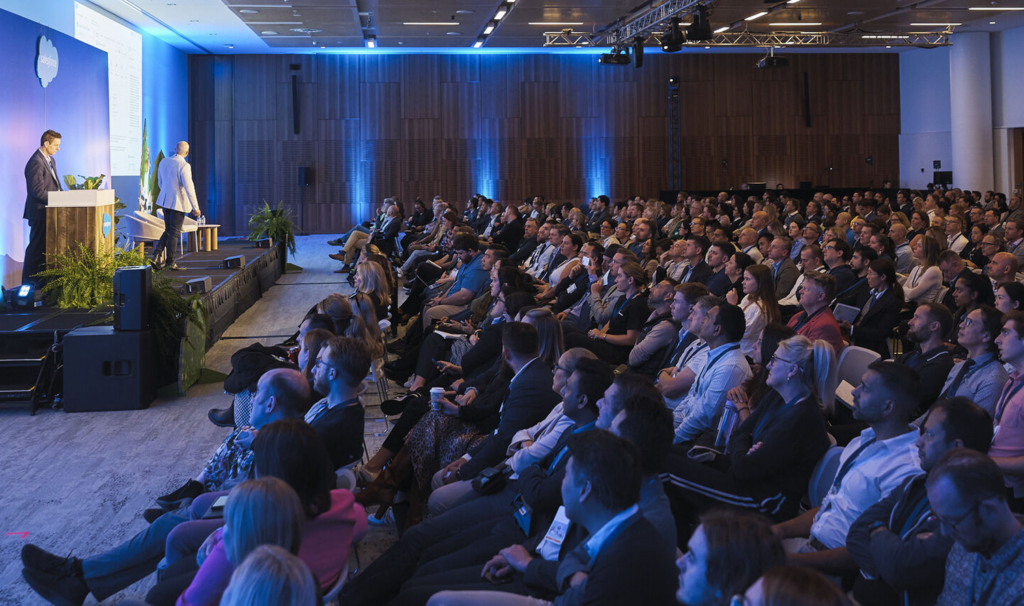Global manufacturing has been shaken by the pandemic. It’s not just the social distancing restrictions that have been placed on workplaces, which have forced them to operate in non-standard ways, the border closures and surge in demand for speciality goods (think toilet paper, hand sanitiser and PPE) laid bare just how vulnerable global supply chains can be.
Given these issues, local manufacturers were both relieved and excited to hear that the new Federal budget sets aside $1.5 billion over four years for their industry. The highlight item is the $1.3 billion ‘Modern Manufacturing Initiative’, which will send targeted funding to national priorities such as medical products, recycling and clean energy and defence. In the Government’s words, the money will help companies “scale up, compete internationally and create more jobs”.
But what does scaling up and competing internationally look like in a practical sense? Two words: digital transformation. It’s no longer a ‘nice-to-have’ for businesses, it has become the means to survive and thrive in the future.
Many businesses had already embarked on their digital transformation journey before COVID-19, often driven by internal employee demands. But the disruption of the pandemic has created a burning platform for the Australian manufacturing industry to demonstrate its agility and creativity.
A recent report showed there has been more technology investment since COVID-19 than many companies have made in the last 10 years. This is crucial, as those making such investments will not only secure their standing while the pandemic remains with us, they are more likely to excel in the aftermath.
But investment for its own sake is a fool’s game. With the economy still lagging, companies need to be more strategic than ever. So let’s talk about how you can do that.
Assess before you invest
Too often businesses are wowed by the promises of tech sales representatives, and invest in a product that looks good on paper but doesn’t match their business needs. It’s important businesses assess the ‘why’ and ‘how’ before they consider the ‘what.’
This process begins by thinking about what your company does and what it needs. Ultimately any technology should be enhancing your mission, vision and customer experience.
It’s for this very purpose that we developed an education awareness program called futuremap, which is essentially an online diagnostics tool that helps Australian businesses begin their transformation. We’ve had amazing success so far, hosting over 60 workshops nationwide that have helped 600 manufacturing businesses (500 of which so far are SMEs).
In addition to helping companies figure out their transformations, we’ve been able to teach them about the ways to manage and take advantage of new technologies and cutting edge changes to business models.
Everything we do is designed to raise the awareness of businesses’ understanding of what Industry 4.0 is and how it can drive value in their business.
Asking the right questions
Once you know the direction you want to head in, it’s time to start thinking about the ‘what’. But before you invest in any specific technology, I suggest asking three different people a series of questions.
1. Ask yourself – what is the cost of you not investing in technology? What impact will it have on your customers, your business model and your plans for the future?
2. Ask the tech salesperson – do you have examples of how this technology will enhance value for my business? How will it give me an edge on my competitors?
3. Ask your colleagues – how can we be counter-cyclical? Everyone is looking at the short-term situation of COVID-19. If we aren’t also looking at the longer term game, we risk being left behind instead of securing our future.
The right answers – pivoting power
When you get the process right, amazing things can happen. This year was proof of that. During this pandemic, ‘pivot’ has stopped being a buzzword and become a basic tool of survival. Businesses of all types had to adjust and find new revenue streams, whether that was with different products, different services or shifts into different markets.
Some good examples: Bunnings Warehouse did not have online selling before the pandemic and now it has Click and Collect. Distilleries across the country saw a global shortage and so pivoted from making spirits to creating hand sanitizers.
But one of my favourite examples is StageKings.
This is a business that specialised in creating stage sets and equipment. When the pandemic hit, and live events basically stopped, StageKings was left with lots of capacity and raw technical know-how, but no market. Its solution was to start designing and manufacturing office furniture to cater to the huge number of people who had shifted to working from home. It was a breakthrough opportunity that means they can now cater to the type of live events we’re all so familiar with today – those we watch from home.
All these companies did what every company has to do in a digital transformation. They began by assessing their raw capabilities and looking to where the opportunities were. If you can do that successfully, that’s half the battle.
Want to find out more about how to transform your business? Watch the ‘Manufacturing Revival: Is a new Industry 4.0 era of Australian manufacturing upon us?’ webinar. David was joined by Imran Khan, Director Industry Strategy for Consumer Goods/FMCG, Salesforce and Eloise Roberts, Director Advisory Change & Training, Simplus to share key findings from futuremap workshops and brilliant insights.
Follow Simplus Australia on LinkedIn to get the latest industry news, Salesforce updates, and topics that matter to you and your organisation.






